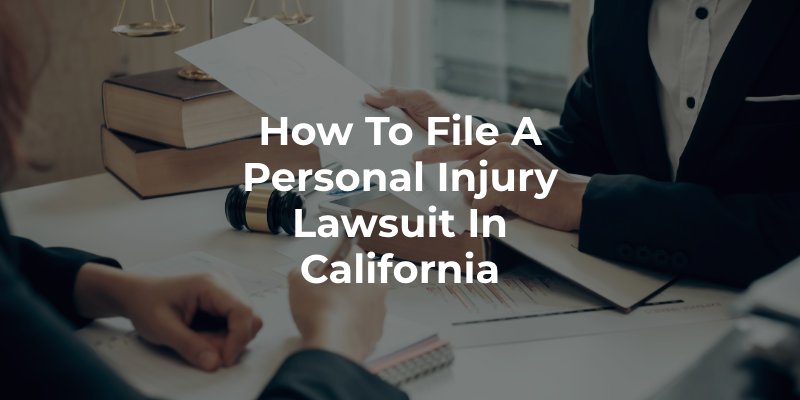Our attorneys have been assisting the Orange County and Southern California communities for over 40 years.
Filing a personal injury lawsuit in California starts with understanding how the legal process works from the very beginning. You need to submit a complaint to the appropriate court, serve the other party, and meet several deadlines that affect how your case moves forward.
A personal injury lawyer from DiMarco | Araujo | Montevideo can help you track each step, but it helps to know what is coming before you start.

The lawsuit officially begins when you file a complaint in civil court. This document lays out what happened, how you were hurt, and why you believe the other party should be held responsible. From there, the court requires a few more steps before the case can start moving forward.
The process starts when you file a civil complaint that explains how you were injured, who was involved, and what kind of compensation you are seeking. After filing, the court requires that the defendant be formally served with the paperwork, which usually happens through a process server or by certified delivery.
Once the defendant is served, they must file a written response called an “answer,” where they admit or deny the claims. From there, the court often schedules a case management conference to go over deadlines and next steps, which your legal advocate helps prepare for behind the scenes.
After the paperwork is filed and the other side responds, things start moving behind the scenes. You are not heading straight to court just yet, but the process does start picking up speed. Here are some of the steps that usually come next:
Most personal injury cases follow a rhythm, even if every story is different. According to California Code of Civil Procedure § 335.1, you only have two years to file, which makes it important to stay on track. If your case involves serious injuries or complicated facts, this is where all of the pieces start coming together.
Once discovery wraps up, your case enters a new phase that focuses on tying everything together. You will see more prep work behind the scenes as both sides get ready for court. These next steps are where timelines can vary depending on how complex the issues are.
This phase often includes depositions and expert evaluations to help explain what happened and how it affected you. Under California Code of Civil Procedure § 2025.220, these depositions follow a formal process, and expert reports may focus on things like fault or medical impact.
Before trial, both sides may file motions to settle legal questions and limit what the jury will see. One key rule, California Evidence Code § 1151, keeps settlement talks out of trial so jurors stay focused on the facts. This is also when lawyers prep exhibits, line up witnesses, and map out the final trial strategy.
To discuss your case with a licensed attorney, schedule a free consultation today.